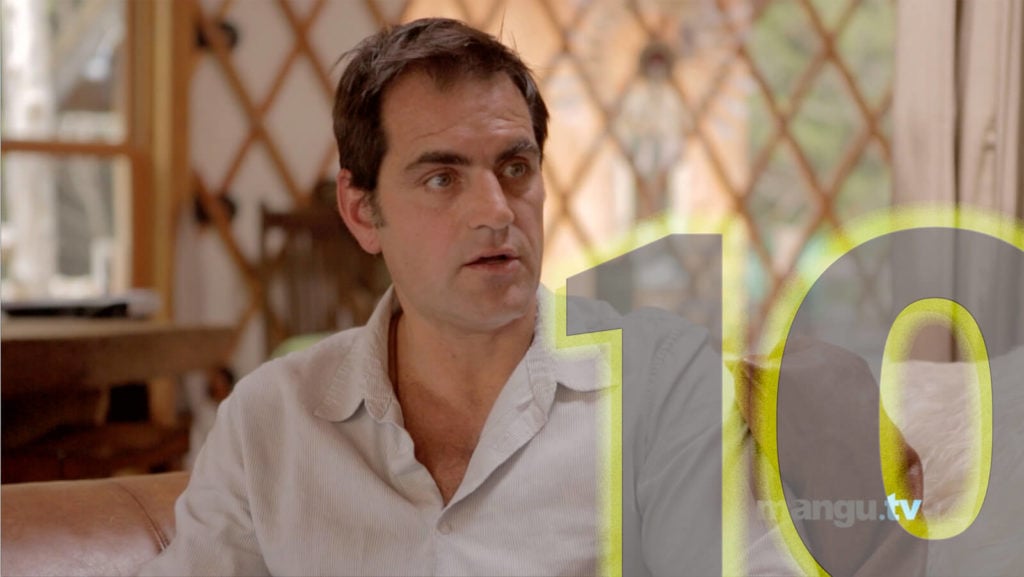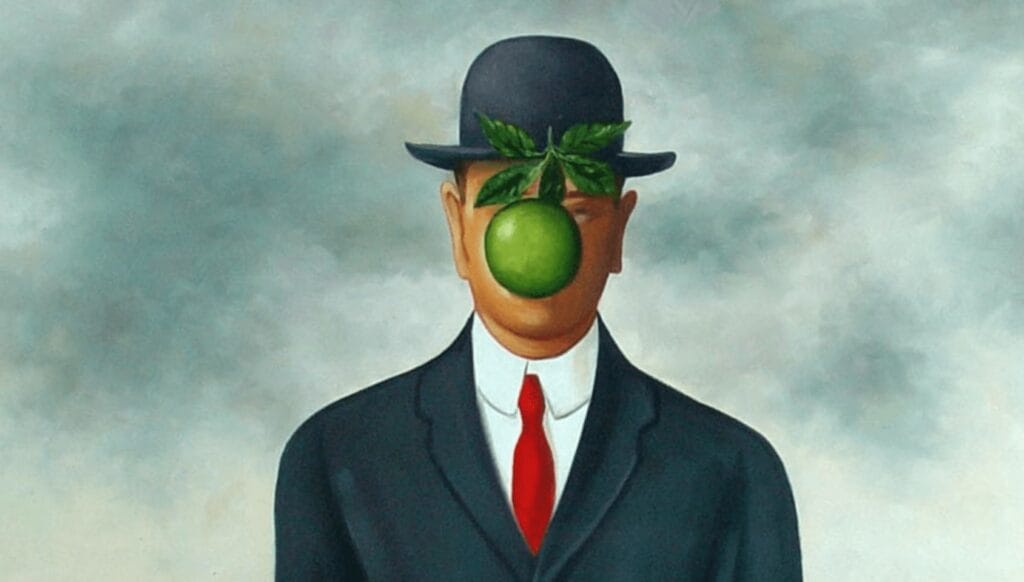Guest post from Ruggero Bozzotti.
The interest rate is our economy’s single most important price – the price that matches the supply of savings and the demand for borrowing. The job of the central bank is to set an interest rate that keeps the two in balance. If unemployment starts to rise, it means rates are too high, so the central bank lowers them. If inflation starts to creep upward, it means rates are too low, so the central bank raises them. It’s by no means a perfect system, but during normal economic times, it works decently well.
The problem is that during severe recessions, like our own Great Recession, the number of savers can become so large and the number of borrowers so low that the interest rate needed to balance the two turns negative. At this point, the central bank is powerless.
So how does a negative interest rate work? It’s pretty simple. A negative interest rate is the opposite of a positive interest rate: instead of borrowers paying savers, savers pay borrowers. A -2% interest rate means that we earn 2% a year for taking out a mortgage, and we lose 2% a year when buying a treasury bond or a saving deposit.
But what sane person would ever invest at a negative interest rate when cash always yields 0%? What saver would ever agree to pay a borrower for the right to save when he can pay nothing by sitting on cash? No one would– at least no one outside of a lunatic asylum. It’s for this reason that central banks are unable to target a rate lower than 0%. Economists call this the liquidity trap: the liquidity of money has landed the economy in a place where savings exceed borrowing, the result of which, unfortunately, is high unemployment.
And this is where we are today, both in the United States and, even more perniciously, in Europe. Interest rates are currently at rock bottom but unemployment is still high, which means that interest rates should be negative.
What can be done about it? Unfortunately not much. One solution is for the government to absorb excess savings through more borrowing (more public debt) The other option is for the central bank to tolerate higher inflation. If inflation is at 4% and interest rates are at 0%, the real interest rate is actually -4%, which might be enough to balance savers and borrowers and return the economy to full employment.
Both of these have obvious drawbacks. Increasing public debt has become the equivalent of political suicide these days. And in the second solution – higher inflation – we’re essentially playing a game of chicken with unexpected and rampant prices.
Maybe the answers we need ought to be searched far beyond economy. Our movie “2012: Time for Change” explores the drifts of human society and proposes solutions that touch every aspect of our life.









